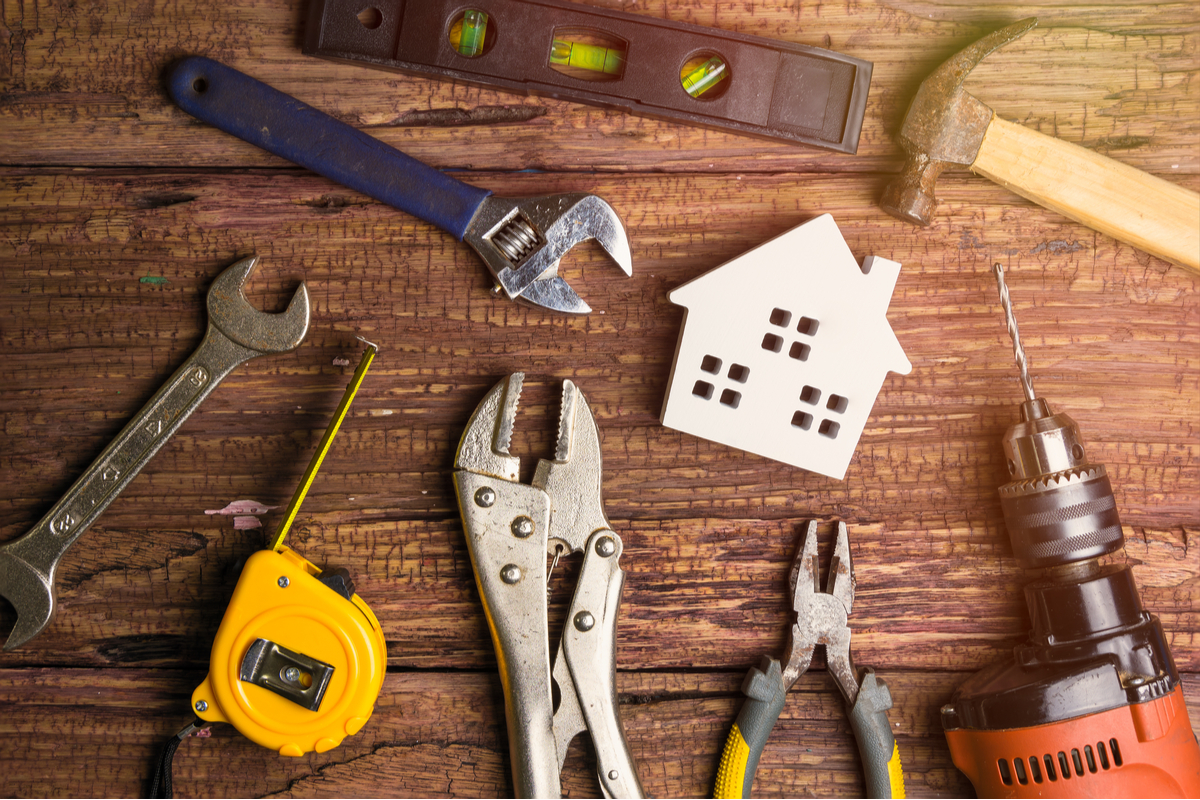The Way Not to Fix Education, Housing, and Health Care
As long as the reality of human existence remains on the imperfect side of paradise — mired in scarcity, often unpredictable, and always carrying at least a small risk of calamity for each individual as well as for groups — some people will complain about the state of reality. Indeed, as human welfare improves, such complaints grow more frequent and fervent. If nearly everyone’s life is miserable, and if such misery is all that we know and remember, we accept misery as an unalterable condition of existence, much as we accept as unalterable our inability to fly by flapping our arms.
But as the masses have become materially more prosperous, the possibility of even greater prosperity has become more evident. And so any shortfall of the masses’ current prosperity from what can be imagined or plausibly foreseen strikes many as an intolerable condition that should be remedied forthwith.
The proposed remedy, of course, is always government intervention — a remedy, alas, that is destined to fail.
This essay isn’t the place to summarize the many reasons why such intervention is destined to fail. To review such reasons consult any number of good economics books — for example, Don Lavoie’s 1985 What Is Left? or Deirdre McCloskey’s 1990 If You’re So Rich.
Instead, after explaining in previous columns — here and here — that Americans’ work-time costs for most goods and services has fallen and continues to fall, in this column I look at three major classes of products in modern America whose costs — in terms of the amount of time ordinary Americans must work to acquire them — likely have risen. These three classes of products are education (especially postsecondary), health care, and housing.
Education
University of Chicago economist Kevin Murphy has conclusively documented that the returns — in the form of additions to lifetime real income — to college education increased impressively during the last quarter of the 20th century. While this growth in returns to higher education has slowed, or perhaps even stopped, since around 2000, high school graduates who today attend college can still expect, as a result, much larger additions to their lifetime incomes than could such high school graduates of the mid-1970s.
And so insofar as a college education is valued because of its contribution to one’s ability to earn income, a college degree today is an asset with a much higher expected return than was a college degree earned 40 years ago. As with all assets whose returns increase, the price of this asset rises to reflect those higher returns.
In short, while the cost of a college education is indeed higher today than was the cost of a college education during the disco decade, what the typical college student today gets for that education — at least in the form of lifetime earnings — is also higher.
Furthermore, while I’ve no hard data to support what I’m about to say, my having been on college campuses on an almost daily basis for the past 43 years gives me confidence that the following is true: campus life for the typical American college student is today much better than it was in the 1970s. The size of dorm rooms likely has increased, as has the percentage of such rooms with air conditioning. Similarly, the number of campus amenities is greater: there are more and better fitness facilities, as well as more campus theaters and other entertainment venues. Significantly, the quality of food offered on college campuses is today incomparably higher than in the past, and its variety remarkably expanded.
While postsecondary education today might well cost more than it did decades ago, it is, overall, a much improved product.
Housing
New homes today are significantly larger — by about 1,000 square feet — than were new homes in the mid-1970s. Also, the typical home today, compared to its counterpart from the mid-1970s, is more likely to be equipped with amenities such as central air conditioning, an automatic dishwasher, an automatic garage-door opener, termite-resistant framing, granite countertops, and much better insulation.
So even though the typical house today costs more than in the past, it’s more house.
Health Care
Ask yourself, given your 2019 income, would you rather have (say) 1979 health care at 1979 prices, or 2019 health care at 2019 prices? If health care truly is unambiguously more costly today than it was 40 years ago, the answer should be easy: 1979 health care at 1979 prices. Yet, at least for me, I’d prefer to have 2019 health care at 2019 prices.
I did a Google search to find which medicines and medical procedures are widely available today that were either not available at all, or available only on a very limited basis, as recently as 1979 (the year when I began my senior year of college). My search was quick — a qualification that means that, should someone spend more time researching this matter, he or she will be able to expand the following list.
The list below is in no particular order. (I leave out any mention of HIV medications and treatments because HIV was undiagnosed as such in 1979. But, of course and happily, since HIV/AIDS was first diagnosed convincingly in the early 1980s, there have been major medical advances in treating this dreadful disease.)
- statins (for controlling cholesterol)
- Prozac, Lexapro, Paxil, and other effective antidepressant medications
- cyclosporin (an immunosuppressant)
- disposable contact lenses
- LASIK vision-correction surgery
- artificial hearts (the first successfully transplanted one being the Jarvik-7, in 1982)
- magnetic resonance imaging (MRIs)
- Viagra, Cialis, and Levitra (for erectile dysfunction)
- automated external defibrillators (AEDs)
- Gardasil (a vaccine for preventing certain kinds of cervical cancers)
- laparoscopic surgery (Although sometimes used prior to the 1980s, its use since then has skyrocketed.)
- the morning-after pill
- greatly improved prosthetics
Have improvements in pharmaceuticals and other health care products offset health care’s higher costs? I cannot say. But I can say that Americans today get more and better health care than did Americans of 40 years ago.
Still More Costly
Nevertheless, in spite of improvements in education, housing, and health care, the work-time costs of these goods and services — unlike the costs of food, furniture, and most other products — have indeed risen. And it’s possible — although I think highly unlikely — that this rise in the costs of these three categories of products has resulted in overall economic stagnation for ordinary Americans.
If so — if the rising costs of education, housing, and health care are causing ordinary Americans to tread water economically despite the falling work-time costs of most other goods and services — why would anyone suppose that the “solution” to this problem is more government intervention? No three sectors of the American economy are as heavily and as consistently distorted by taxes, subsidies, and regulations as are these three sectors. The conclusion that I draw is that reducing the role of the state — rather than increasing it — is a necessary step to take to ensure that the prosperity of ordinary Americans continues to grow.













